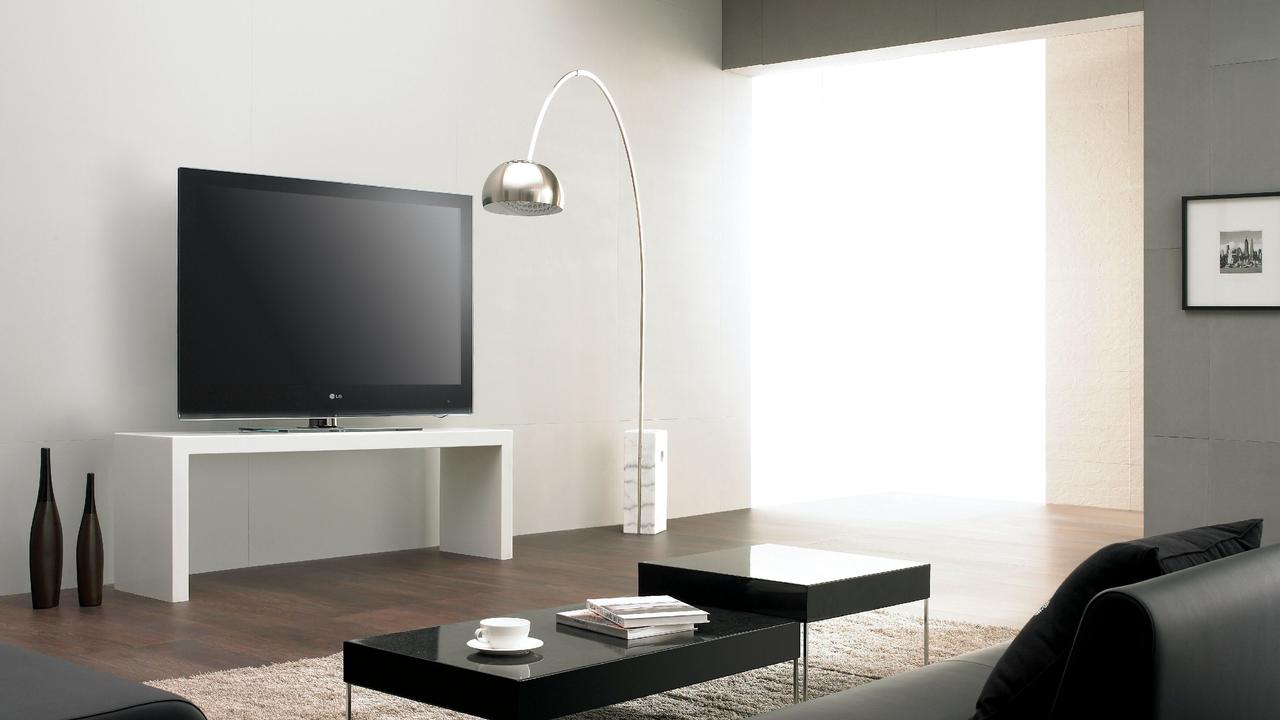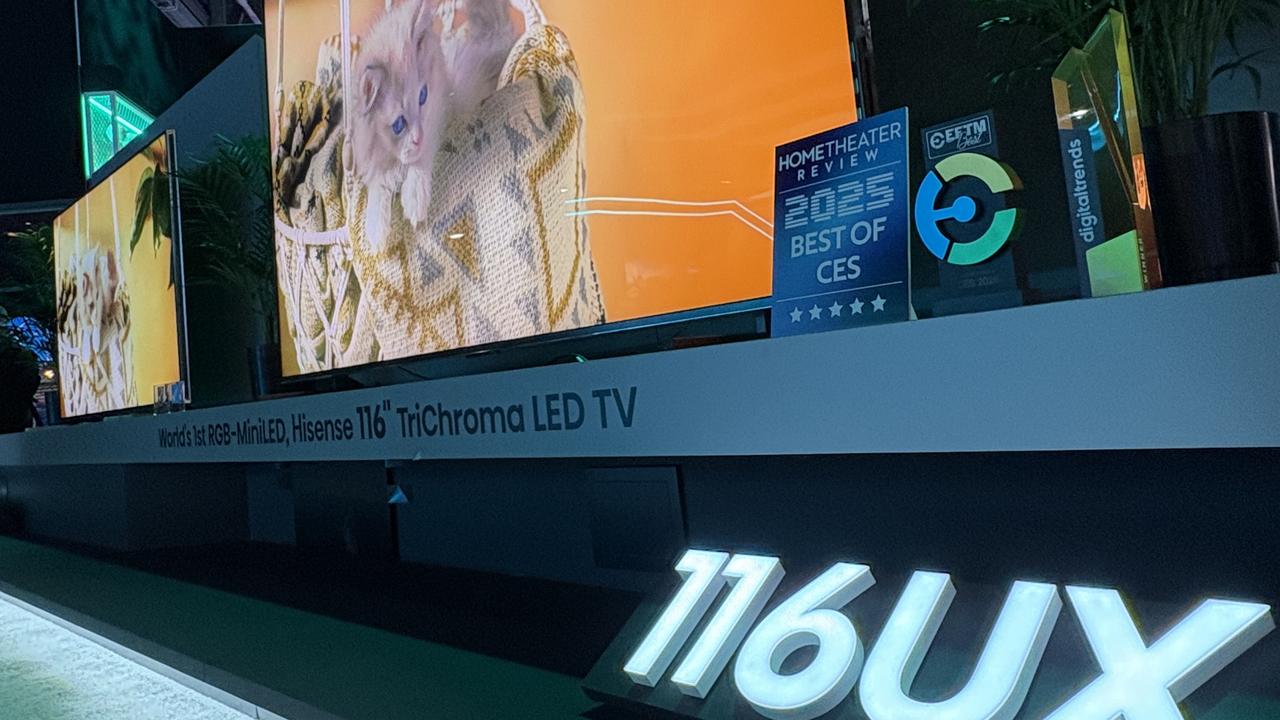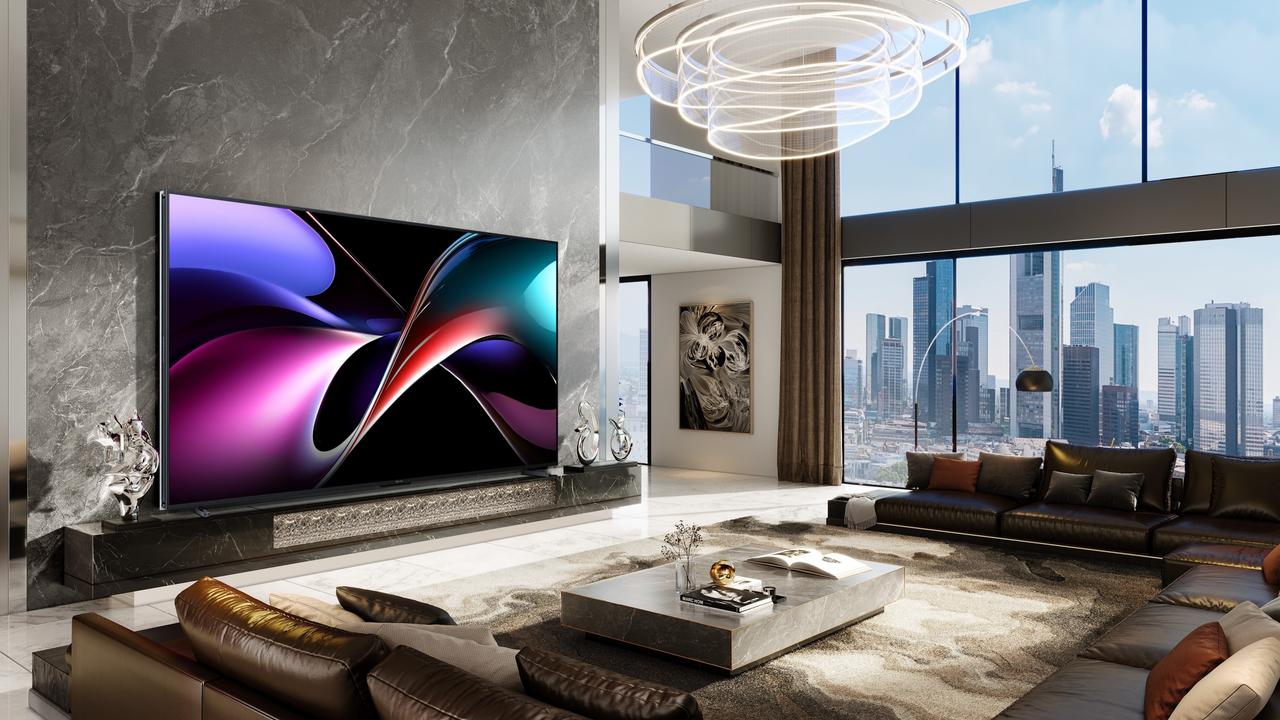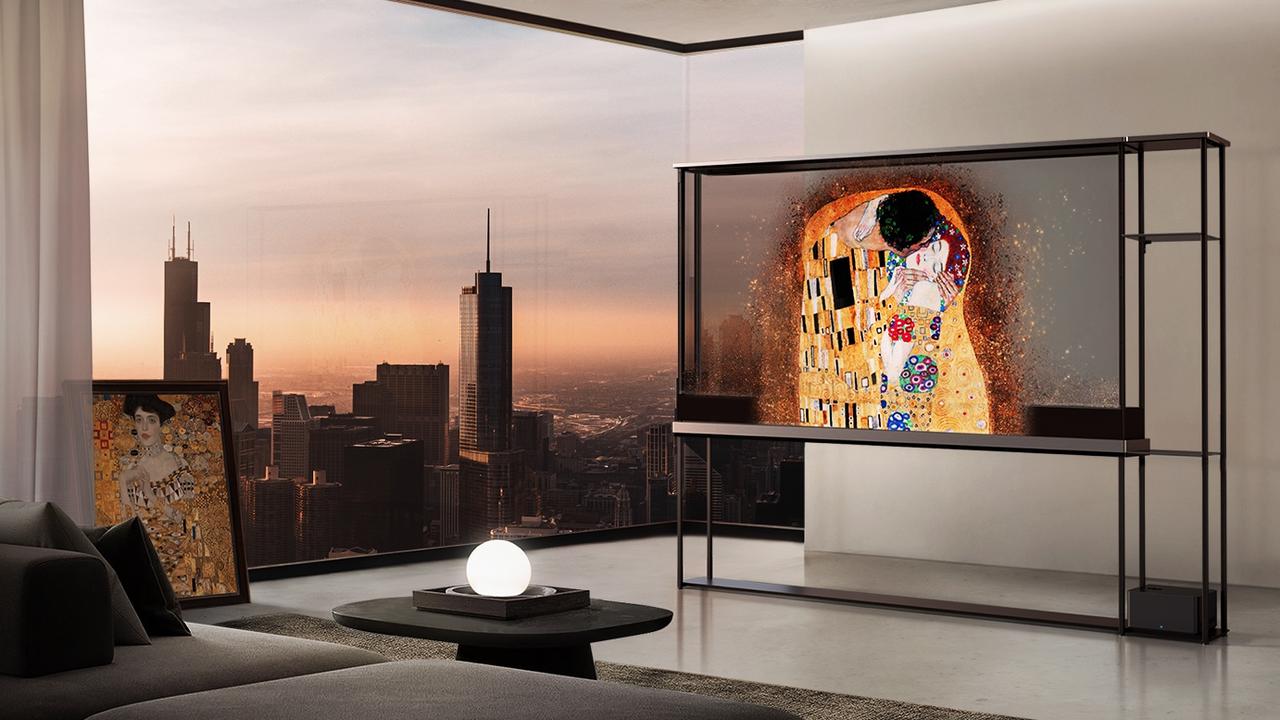‘Not liable’: LG’s response to a complaint about six-month old TV bewilders customer
An LG customer is $1750 out of pocket after his TV acquired a fault for the second time in six months, which the company won’t allegedly resolve.

An appliance and electronic company’s response to a customer’s complaint regarding a broken TV has baffled the internet, putting into question how long such devices should last for.
In June 2019, an LG customer purchased a television valued at $1750 which they claimed functioned without issue until the display “failed” last September.
Consequently, the company “happily replaced” the television, only for the customer to experience the same fate six months later.

Sharing their experience to Reddit forum Australia, the customer explained how the device’s display had suddenly developed a line down its centre.
“The new display has a row of dead pixels vertically in the middle of the screen – not caused by me, (I) genuinely have no idea how it occurred,” the customer explained.
In response, they emailed a complaint to the company to find out their options for a replacement or to have the device fixed, but the reply they received in return left them stunned.
“We have considered the Australian Consumer Law and given the age of the product; LG considers that the TV has been of acceptable quality for a reasonable period of time,” the email read.
“As such the consumer guarantees no longer apply and LG does not believe that it is liable to provide you with a remedy under Australian Consumer Law.”
Given the price of the TV and that it’s allegedly less than a year old, several commenters who read the response were dumbfounded by the statement.
“Four years would be acceptable for a $300 Kmart special. You have every right to expect a much longer lifetime out of a $1750 TV,” one person said.
“I have a Sony Smart TV from 2015 that’s still going strong. Four years is a joke,” a second said.
Others proposed the customer take the case to fair trading or the ACCC for a second opinion, especially given the device’s history.
“LG were very specific in saying that it ‘considers’ and does ‘not believe’. Absolutely worth taking to fair trading … or your state’s equivalent,” another comment read.

An LG Electronics Australia spokesperson told news.com.au they were unable to comment on the individual customer case however reassured the company provides its customer with a one-year parts and labour warranty on LG TV products and accessories.
“We are committed to producing the highest quality products and customer experiences, and our customers can have complete confidence in each and every LG product they own,” the spokesperson said.
“This is why we back our products with a manufacturer’s warranty, which is also offered in addition to any other rights and remedies that customers have under Australian consumer law.”
The spokesperson said that every customer inquiry is taken seriously and the brand is committed to finding solutions for its customers.
According to the Australian Competition and Consumer Commission, customers have the right to ask for a repair, replacement or refund depending on the issue.
If the issue is a major problem, the customer has the right to choose which option they’d prefer if it involves the product having an issue that would have stopped someone from buying it.
Other major problems include the item being “significantly different” from the sample product or its description, the product being “unfit for its common purpose” and it being unsafe to use.

The ACCC even uses an issue with a TV as one of its examples of a potential issue that could be solved by one of the three above options.
“You bought a TV six months ago and now it won‘t turn on. A reasonable consumer would expect the TV to still work after six months, so this is the time to use your rights,” the example reads.
However there is an exception: “If you caused the problem with the TV by misusing it or failing to take reasonable steps to prevent the problem, you do not have the right to repair, replace or refund.”
The ACCC also states a business can’t refuse to help a customer by telling them to contact the manufacturer, unless the issue is related to the unavailability of spare parts or repair facilities for a reasonable period of time after the purchase was made.
If the business or manufacturer doesn’t solve the problem, there are additional steps a consumer can take including making a report to the ACCC.
Among the comments calling for the customer to continue pushing for a solution, many addressed the longevity of TVs.
According to consumer advocacy group CHOICE, the life expectancy of a budget TV or entry level model is about five years, followed by eight years for a mid-range and 11 years for a high-end device.
For consumers that have an old TV, the advocacy group says it‘s cheaper to buy a new model then replace or repair an old one. Rather newer models are worth fighting for.
“For newer TVs, it‘s worth getting a quote though – seemingly terminal faults may be as simple to fix as replacing a cheap capacitor, or may require an entire circuit board costing as much as the TV itself,” CHOICE said on its website.





